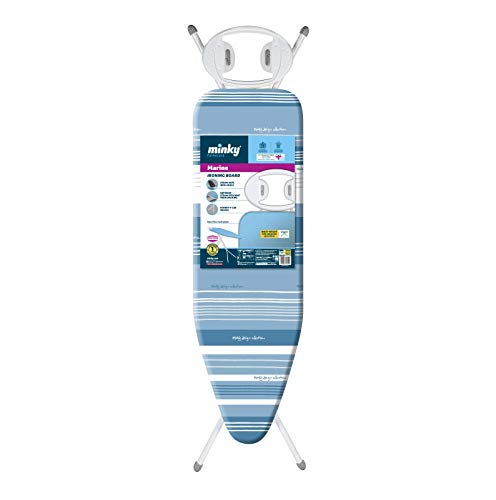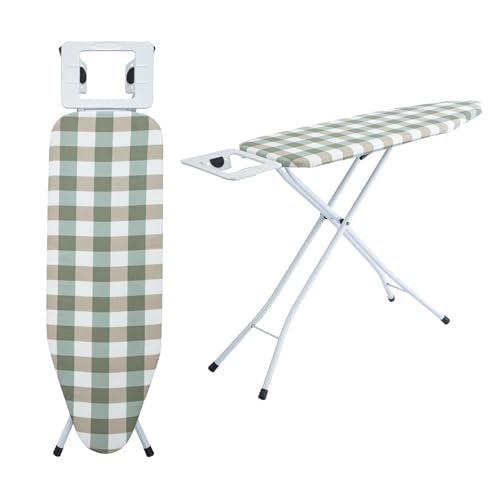The Ultimate Guide to Choosing the Best Surface for Your Ironing Board
If you’re in the market for a new ironing board, you may be wondering what the best surface is for your needs. Should you go with the popular perforated metal surface, or opt for a more traditional padded board? In this guide, we’ll take a closer look at the most common ironing board surfaces and help you determine which one is best for you.
Perforated Metal: A Popular Choice for a Reason
Perforated metal is a common choice for ironing boards because it allows for steam to flow through the fabric as it’s ironed, ensuring a crisp finish. Many people also appreciate the durability of this material, as it can withstand heavy use over time. However, it’s worth noting that some users find the holes in the metal can sometimes create uneven pressure, which can make ironing certain fabrics more challenging.
Padding: A Classic Option with Benefits
A padded ironing board may be a classic choice, but it’s also one that many people love for its additional benefits. Padding can help create a softer, smoother surface for ironing, which can be especially important for delicate fabrics. Additionally, some people find that padded boards offer more consistent pressure, making ironing easier overall. However, it’s important to note that padded boards may not allow for steam to pass through quite as well as perforated metal options.
Cotton Cover: A Simple Solution for Any Surface
Regardless of the surface you choose for your ironing board, it’s important to consider what you’ll be putting on top of it. A cotton cover is a simple solution that many people love for its ease of use. Cotton is strong, resists heat damage, and can even help absorb moisture from the fabric being ironed. Additionally, many covers are machine-washable, making them easy to keep clean.
Silicone Coating: A Modern Take on the Classic Board
For those who want a sleek, modern look, a silicone-coated ironing board may be the way to go. This new take on a classic design features silicone covering over a perforated metal surface, delivering the best of both worlds. The coating adds extra cushion to the board, making it more comfortable to use, while still allowing for steam to pass through the holes in the metal. And, like many other modern surfaces, silicone is easy to clean and resistant to heat damage.






